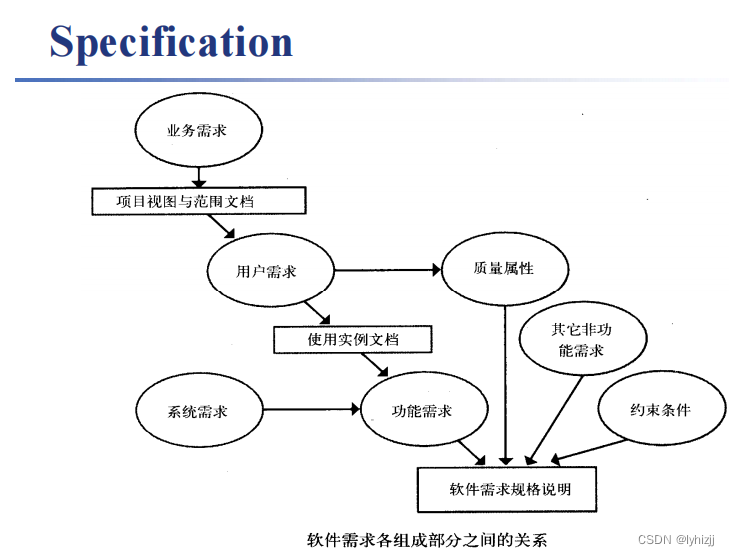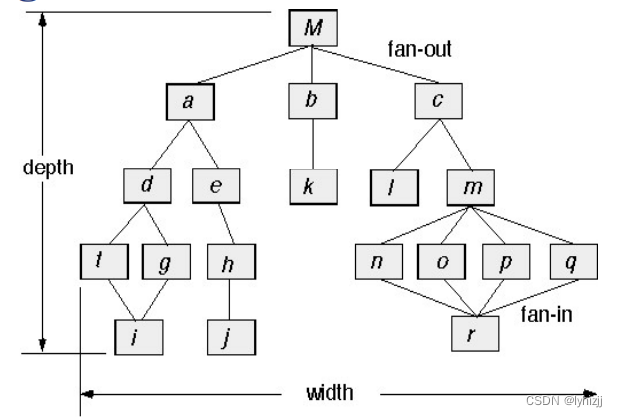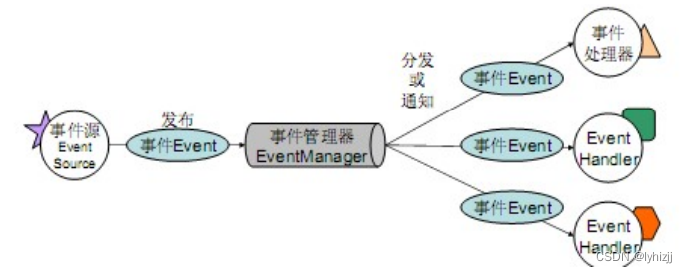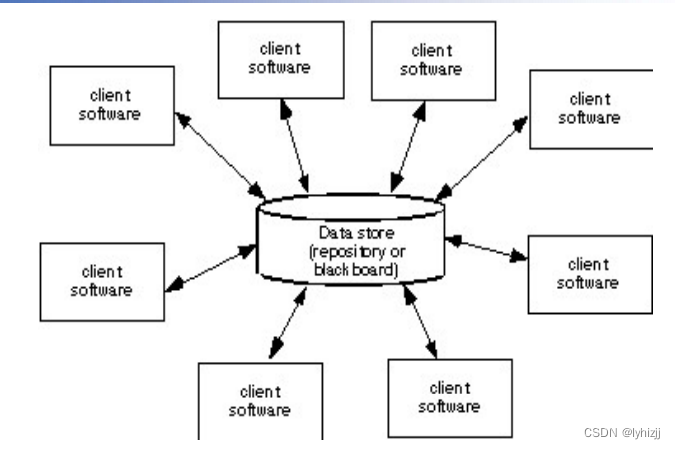目录
!!!Requirements Engieering(需求建模)
2.Elicitation(引出):by both software engineers and customers
3.Elaboration(细化):Building the Analysis Model
software requirement includes:
1.. Scenario-Based Methods(场景的建模)(use-case)
2.Class-Based Modeling: 发现对象类的实例(实体类,边界类,控制类)(Class)
3.Behavioral Modeling (State Diagram+Sequence Diagram)
2. User Interface Design Models
3. User Interface Design Process
1.Undestanding Requirements
System Engineering(系统工程)
!!!Requirements Engieering(需求建模)
1.Inception(开始):(确认利益相关者)
2.Elicitation(引出):by both software engineers and customers
3.Elaboration(细化):Building the Analysis Model
4.Negotiation(协商)
5.Specification说明书
6.Validation校验
用例图/活动图/类图/状态图 :用例图
2.Requirements Modeling
1
)描述客户需要什么
2
)为软件设计奠定基础
3
)定义在软件完成后可以被确认的一组需求
software requirement includes:
1.. Scenario-Based Methods(场景的建模)(use-case)
2.Class-Based Modeling: 发现对象类的实例(实体类,边界类,控制类)(Class)
1.找出所有名词
2.筛选出可能的类
3.修改名词得到类
4.确定对象类
5.细化对象类
3.Behavioral Modeling (State Diagram+Sequence Diagram)
4.Flow Models
3.Design Concepts
1. Design
2. Design and quality
3. Design Principles
4. Fundamental Concepts
4.Design Mothods
1.Behavioral Modeling
⭐1. What is Architecture
⭐2. Architectural Styles
Call and return architectures调用和返回架构
3. Architectural Patterns
Concurrency
Persistence
Distribution
4. Architectural Design
4. Architectural Design
5. Architecture Reviews
⭐6. Agility and Architecture
2.Component Level Design
1.What is a Component
Basic Design Principles
⭐The Open-Closed Principle ( OCP):模块[组件]应该打开扩展,但为修改关闭
⭐The Liskov Substitution Principle ( LSP):子类应该可以替换它们的基类
⭐
Dependency Inversion Principle ( DIP)
⭐The Interface Segregation( ISP):许多特定于客户的接口比一个通用接口要好
2.Cohesion:(内聚力)
the “single-mindedness” of a module
class encapsulates only attributes and
operations that are closely related to one
another and to the class or component
itself
Coupling:(耦合)
a qualitative measure of the degree to
which classes are connected to one
another
3.User Interface Design
1. Golden Rules for UI Design
2. User Interface Design Models
3. User Interface Design Process
the environment
Interface Design Steps & Design Issues
Design Evaluation Cycle
今天的文章软件工程cocomo_软件工程研一研二研三干什么都分享到此就结束了,感谢您的阅读。
版权声明:本文内容由互联网用户自发贡献,该文观点仅代表作者本人。本站仅提供信息存储空间服务,不拥有所有权,不承担相关法律责任。如发现本站有涉嫌侵权/违法违规的内容, 请发送邮件至 举报,一经查实,本站将立刻删除。
如需转载请保留出处:https://bianchenghao.cn/88833.html





